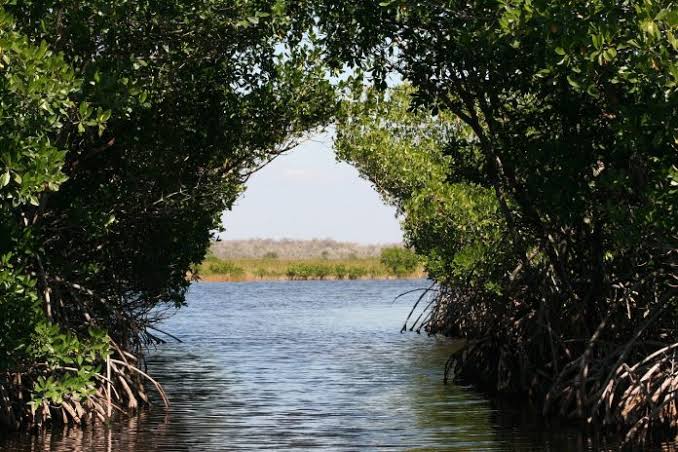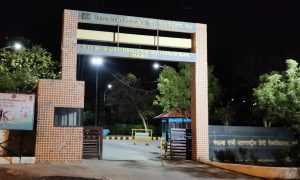According to a study based on a prediction model, certain mangrove species in Chilika and Sundarbans on India’s east coast and Dwarka and Porbandar on India’s west coast are likely to decline and shift landward by 2070 due to declines in suitable habitats in response to precipitation and sea level changes. The study can help identify highly suitable areas for conservation and management, as well as develop future conservation strategies.
Significance of Mangroves
Mangroves provide numerous ecosystem services and aid in the reduction of coastal ecological risks, but they are one of the most critically endangered ecosystems, declining rapidly as a result of climate change, sea level fluctuations, and human activity. Many conservation initiatives along the Indian coastline have failed due to a lack of understanding of mangrove spatial distribution and species habitat requirements. This highlights the critical need for model-based studies to identify conservation target areas at Spatio-temporal scales, particularly along the Indian coastline’s rich mangrove biodiversity.
Research aim, Methodology and findings
The Indian coastline is vulnerable to the effects of climate and sea level change, and there has been little effort to predict and manage coastal wetland species, with little research conducted for their future habitat mapping. This study attempted to fill this gap by projecting the potential impact of climate change on mangroves as a coastal wetland species.
Scientists from the Birbal Sahni Institute of Palaeosciences, an autonomous institution of the Department of Science and Technology (DST), used the Ensemble species distribution model to study the past, present, and future of two mangrove species. They discovered a significant reduction and landward shift of mangroves in the future (2070) due to a decline in suitable habitats, specifically along India’s east and west coasts in response to future precipitation and sea level changes. In contrast, the maximum range expansion of mangroves was previously mapped and validated using fossil pollen data.
The findings will be useful in implementing mitigation and adaptation strategies in the identified hotspots to conserve coastal wetlands and reduce the impact of climate change on the coastal vegetation along the Indian coastline.
By using the Worldclim database, scientists Pujarini Samal, Jyoti Srivastava, Pooja Nitin Saraf, Bipin Charles, and Singarasubramanian collected species location points and environmental data. They used the model to predict the potential distribution and habitat suitability of the species over time and across the area under novel climatic conditions by combining climate variables and species’ present occurrence points. They estimated the total area of suitable habitat for the mangrove species in km2 for current, past, and future climate change scenarios by calculating the trend of suitable area change along the Indian coastline in the past, present, and future climate change scenarios.
By mapping the suitable habitats of the key mangrove species in India, the study published in the journal Ecological Informatics creates a valuable resource for the conservation of coastal wetlands across India. According to the study, establishing effective buffer zones in these conserved areas can reduce the impact of non-conservative areas on the core conservative zone, and taking preventive measures can transform some areas into highly suitable regions for facilitating the growth of these mangrove species.
























 WhatsApp us
WhatsApp us
Pingback: this hyperlink